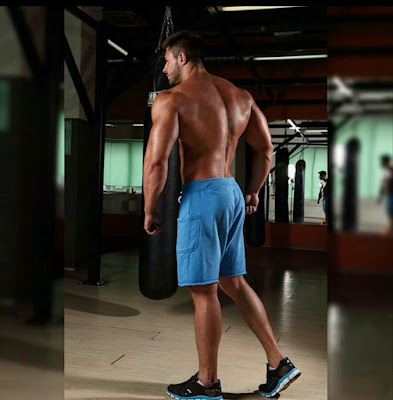Let’s face it: 2015 has been an incredible year for you already. Perhaps this is the year you’ve started losing weight. Perhaps you’ve finally seemed to kick your fast food habit, or implement a healthier late-night routine by not eating past eight at night. On top of it all, you’re hitting the weight room several times a week which means that not only do you feel amazing, but you look it, too. But the question remains: are you giving yourself enough ‘rest’ in between lifts? Here’s how to know for sure.
÷ Why Proper Rest Gives You Results :
Rest is mandatory in life. Just think about it: what happens when you don’t have a good night’s sleep? You wake up feeling sluggish, and move through your day being relatively unproductive and moody, right? Your body is a machine, so when you don’t rest enough (whether it’s a sound sleep at night or in between chest presses at the gym) consequences will follow.
Are you going from one lift to the next, and overdoing your workout?
Whether you’re dealing with free weights or resisting against your own weight, proper rest in between sets will speed up your strength and fitness exponentially. In addition, it will reduce the risk of injury, allowing you to push through to a whole new physique in a shorter period of time without a pesky shoulder or back injury to slow you down.
÷ Commit to a ‘Resting Rule’:
To know how much rest you need to take in between lifts, ask yourself: what are my fitness goals? If you are trying to drastically increase your muscle mass (as in, becoming toned and muscular) and you’re pushing through intense lifts every time you work out, enforce a three to five minute ‘resting rule’. However, if your primary goal is to get lean and lose inches, a shorter resting time of 60 seconds in between lifts should be sufficient.
Some people tend to think of ‘rest’ as a weakness. Why do you have to stop in between reps when you’re feeling great and getting stronger by the second? Simple! Because without proper rest, you can’t achieve proper muscle recovery and thus, get in the best shape of your life! Whether you have just started a strength training program or you basically grew up in the gym, a commitment to your own ‘resting rule’ isn’t only mandatory for a healthy, fit life. It’s necessary in order to ‘up the ante’ of your exercise plan, indefinitely.
























